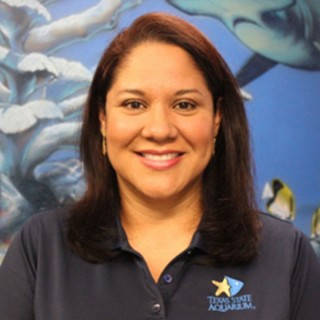As I connected with my last class in Portugal, I uttered my last intro, “Hello everyone! I am Suraida Nañez-James, and I work for the Texas State Aquarium. I am so excited to be connecting with you LIVE from the R/V Falkor as we explore Tamu Massif, the world’s largest single volcano.”
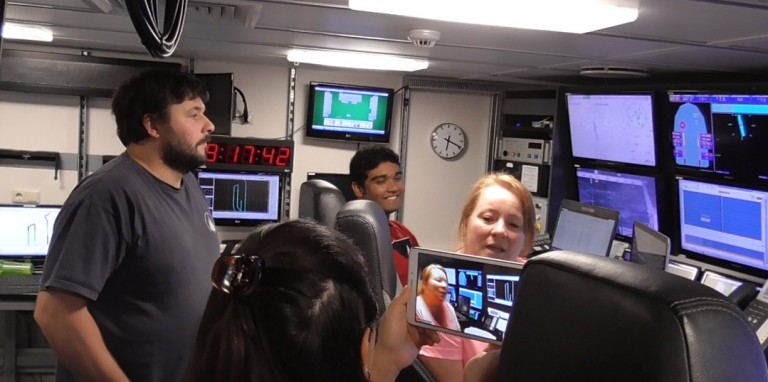
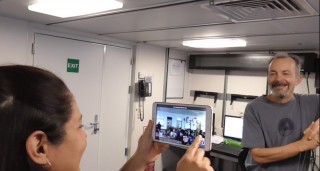
It was a bittersweet moment ending my connections with students and teachers, but it was also nice to end this part of the expedition and prepare for our voyage home. Now it is time to tally the numbers and work with the communications manager on reports and press releases. I am thrilled to say that we tripled the outreach conducted here on the Falkor with this expedition. We connected with 3565 students, 263 adults, and 173 persons of various ages totaling 4001 people from three different countries and eight US states. Educators, the public at-large, and students from 5th grade to the university level were able to visit with the science team and crew aboard R/V Falkor. This surpassed all of our expectations, and everyone is extremely pleased with our outreach outcomes. Beyond the statistics, it is important to remember that each number represents an individual we connected with and who will always share in our voyage to Tamu Massif.
A Lasting Impact
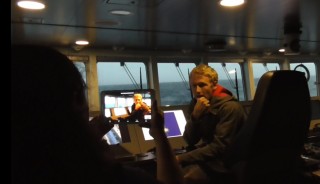
Throughout our cruise, we received many statements from our participants expressing their gratitude to both the science team andFalkor crew. Even their words of gratitude cannot compare to seeing the excitement on the students’ faces and their eagerness to ask very articulated questions and comments. For me, this was the best part of this expedition. I had the privilege of bringing teachers and students along on our exploration of the world’s largest single volcano. They became part of our journey, and we were able to bring the thrill of life at sea and the experience of history making research into the classroom. It is this type of education outreach that truly inspires the next generation of scientists to continue exploring and conserving our oceans.
Next Steps
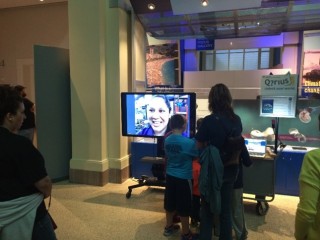
I will continue to work with the Schmidt Ocean Institute, the Houston Museum of Natural Science, and Dr. Sager to produce the final lessons and outreach materials that will be sent to our teachers and students, and to anyone who wants to know more about Tamu Massif. We will continue to present what we accomplished here and include our participants in all we do.
I would like to thank the Texas State Aquarium for allowing me to participate in this life changing experience and for putting in the resources into this outreach program before we even boarded the Falkor. Thank you to the Schmidt Ocean Institute and the Falkor crew for making this expedition one to remember and for being an integral part in inspiring our youth to pursue oceanography careers. Lastly, my greatest appreciation to Chief Scientist and the Texas State Aquarium’s first STEM Professional in Residence, Dr. William Sager for making education and outreach a priority alongside the science for the expedition. It take a very wise individual to recognize the importance of sharing their science story to those beyond the scientific community and to reach those who will succeed him.
